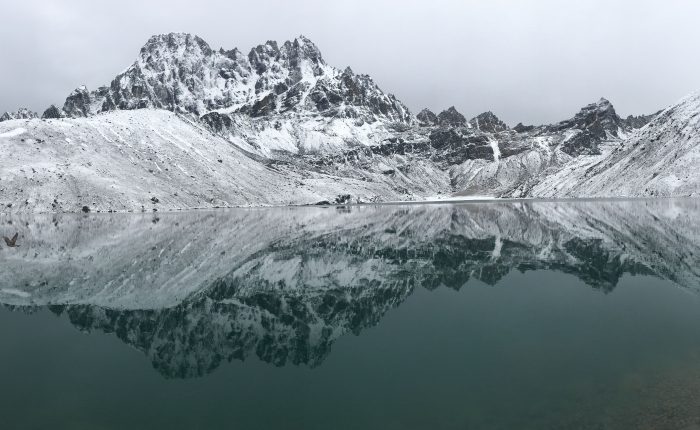The Upper Mustang Trek with Everest Destiny Treks is a journey into one of Nepal’s most remote and culturally preserved regions. Once a restricted kingdom, Upper Mustang offers a rare glimpse into a way of life that has remained unchanged for centuries. Nestled in the trans-Himalayan rain shadow, this region features stark desert landscapes, colorful rock formations, ancient cave dwellings, and centuries-old Tibetan Buddhist monasteries. As you trek through timeless villages and the walled city of Lo Manthang, you’ll experience the deep spiritual heritage and rich traditions of the people of Mustang. This off-the-beaten-path adventure is perfect for trekkers seeking both natural beauty and cultural depth.
+977 9851191802
info@everestdestinytreks.com
Google Review




